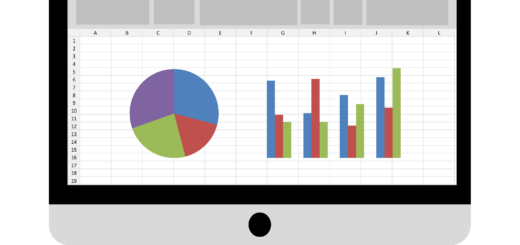Crash Course On Credit Scores

You sit down to look at your credit report for the first time. If your scores are above 720, congratulations! You have excellent credit! If your scores are not above 700, no problem—let’s get to work. Take solace in the fact that the national average score is around 676 according to the Gallup Organization. If your scores are below 400, 500, or 600, there is definitely room for improvement but only one way to go—up! Read on for our crash course on what credit scores are and why they matter.
What Do These Numbers Mean
If the numbers I’ve mentioned don’t make any sense to you, don’t fret—I’ll explain. Credit scores range from 350 to 850. There are three credit bureaus in the United States: Equifax, Experian, and TransUnion. All three offer FICO credit scores using a complex mathematical formula developed by Fair, Isaac and Company and they each give the scores a different name. At Equifax, the FICO named the Beacon credit score. TransUnion uses the name Empirica. At Experian, it’s called the Experian/Fair, Isaac Risk Model.
Why Credit Scores Matters
If your credit scores are above 720 you will generally able to get the best interest rates available. As your credit scores drop, the interest rate you’ll receive for a loan or credit card will rise. This is known as tiered pricing. The more of a risk the lender takes on you, the higher your interest rate will be. In addition, all lenders have their own break points between tiers. This means is that one lender may raise the interest rate if a score drops below 700, while another lender won’t give a higher rate until the score drops below 690.
In summation, you should do everything in your power to maintain good credit scores. Be sure to shop around when looking for a loan or credit because all lenders are not equal. Good credit scores save lots and lots of money. Be sure to choose a lender wisely to get the best rate for your scores.




